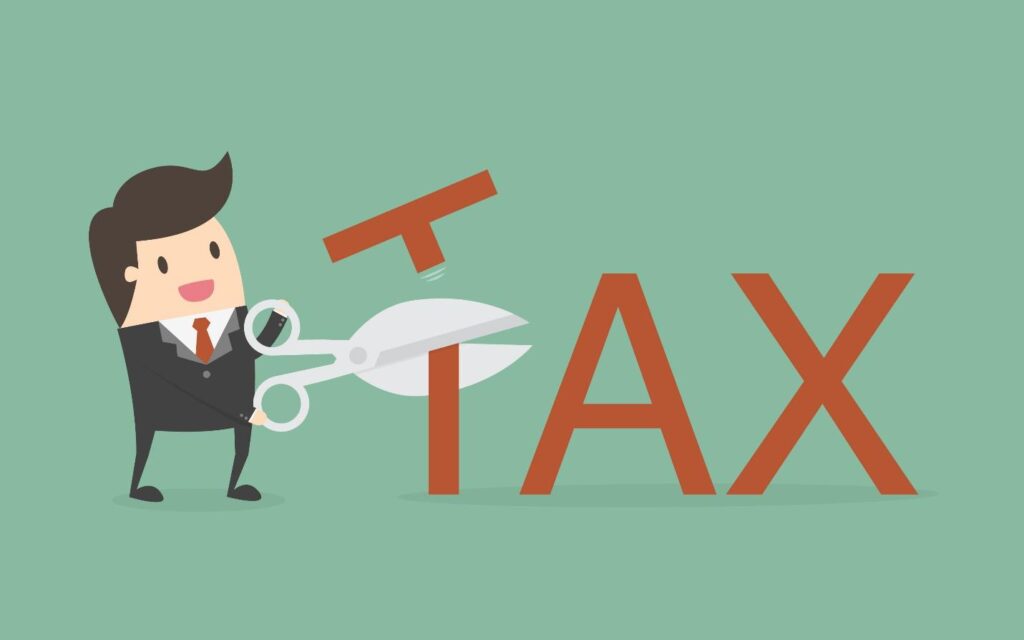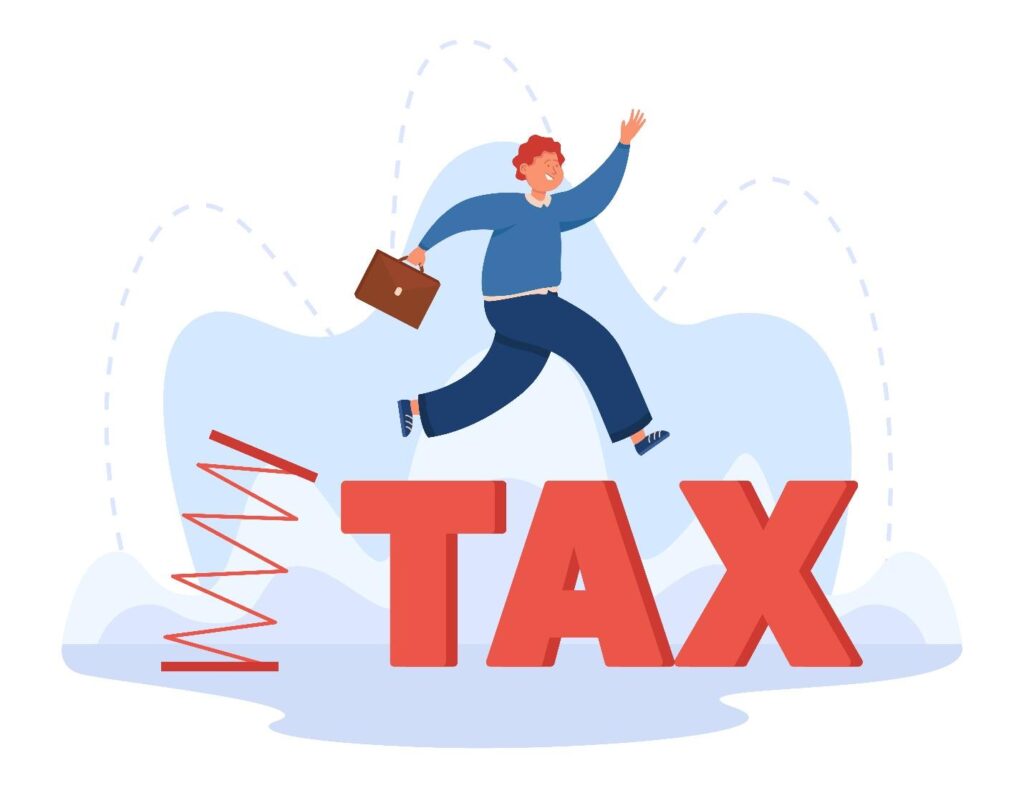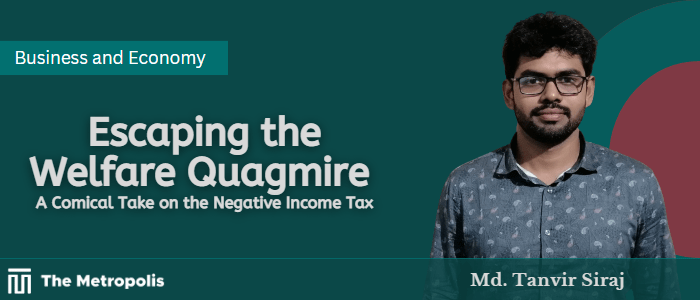Md. Tanvir Siraj –
(Based on the “Not An Economist” YouTube Channel Video)
Once upon a time, in the land of Bureaucratia, a great welfare mess had ensnared the lives of its inhabitants. In their noble quest to help the poor, the well-intentioned leaders unintentionally created a tangled web of public housing, food stamps, Medicaid, and other programs. Despite their good intentions, the results were far from ideal, and resources were wasted in the process.
Then, like a knight in shining armor, the concept of negative income tax, first proposed by Juliet Rhys Williams and later championed by Milton Friedman, emerged as a potential savior. But how could this seemingly magical solution transform the welfare mess, you ask? Let’s hop on this rollercoaster of economic hilarity to find out!
Imagine Bureaucratia’s welfare system as a giant, outdated machine, with countless cogs and gears turning and grinding to make sure the poor receive the assistance they need. There’s just one problem: this machine is so inefficient that it not only discourages people from working but also makes it nearly impossible for them to escape the welfare trap.
Picture yourself as a citizen of Bureaucratia, stuck in the welfare system. You’re offered a job that pays a little more than your current benefits, but you know that if you take it, your benefits will disappear. And if you lose the job, you’ll have to wait months to get back on welfare. What a conundrum! You reluctantly turn down the job, feeling trapped in the welfare web.

Enter the hero of our story, the Negative Income Tax. This mighty reformer proposes a simple, yet ingenious plan: give everyone a nontaxable amount of income, let’s say $5,000. Earn more than that, and you’ll pay taxes on the surplus, just like before. But if you earn less, you’ll receive a subsidy based on the difference.
For instance, if you earn $4,000, your negative income is $1,000. You would then receive a fraction of that amount, say 50 percent, as a subsidy. With no income, you’d get $2,500 (50 percent of $5,000). Now, if a job comes along that pays $2,000, you’ll be better off taking it, as you’d earn $2,000 from the job, have a negative income of $3,000, and receive another $1,500 in subsidies. Your total earnings would be $3,500 instead of just $2,500. Hooray for incentives!
Let’s say another job appears that pays $5,000. Well, congratulations! You’ve reached the break-even point, where you neither pay tax nor receive a subsidy. But wait, there’s more! Compare this to the current system in Bureaucratia, where earning $1,000 might cause your benefits to be reduced or lost entirely. It’s no wonder the citizens are clamoring for change.
The Negative Income Tax doesn’t just help people find work; it also dismantles the intrusive surveillance state that has arisen from the current welfare system. No more welfare workers spying on beneficiaries to make sure they spend X amount on food and X amount on housing. Instead, people can spend their money as they see fit, which reduces waste and frees them from bureaucratic meddling.
Gradual emancipation from the welfare trap is another perk of the Negative Income Tax. Currently, many Bureaucratians are stuck, waiting for a high-paying, secure job that may never materialize. This new system would ease their transition off welfare and back into the workforce, benefiting both individuals and the economy.
So, what’s the difference between the Negative Income Tax and the increasingly popular idea of Universal Basic Income (UBI)? While UBI fills the income gap for those earning nothing, it doesn’t necessarily incentivize people to find work, as the benefits remain the same regardless of their efforts. The Negative Income Tax, on the other hand, retains incentives to work and earn more, as subsidies gradually decrease as income increases.
But before we start celebrating, there’s one major obstacle to enacting the Negative Income Tax: The Welfare Bureaucracy. Those government workers who make a living managing the current welfare system would face potential job losses. Can you imagine the outrage from the bureaucrats as they watch their gravy train grind to a halt? The protests, the strongly-worded memos, the passive-aggressive water cooler conversations!
However, the benefits of implementing a Negative Income Tax system far outweigh the drawbacks. By giving the poor money instead of various program benefits, wasteful spending is minimized, and bureaucratic meddling becomes a thing of the past. The system also allows people to move out of welfare gradually, reducing the number of people dependent on these benefits.

So, citizens of Bureaucratia, it’s time to bid farewell to the old, tangled welfare mess and embrace the innovative, efficient, and comically effective solution of the Negative Income Tax. Let us toast to a brighter future, where incentives to work remain strong, waste is minimized, and the oppressive shadow of bureaucracy no longer looms large over the lives of those in need.
In conclusion, the Negative Income Tax offers a humorous and insightful way to understand the intricacies of welfare reform. While it may seem like a laughable concept at first, the benefits of this economic policy are no joke. By addressing the issues of wasted resources, bureaucratic inefficiency, and the disincentive to work, the Negative Income Tax could be the key to unlocking the door out of the welfare quagmire and into a more prosperous and equitable society. So, let’s put on our thinking caps, chuckle at the absurdity of the current system, and work together to create a brighter, more sustainable future for all.



